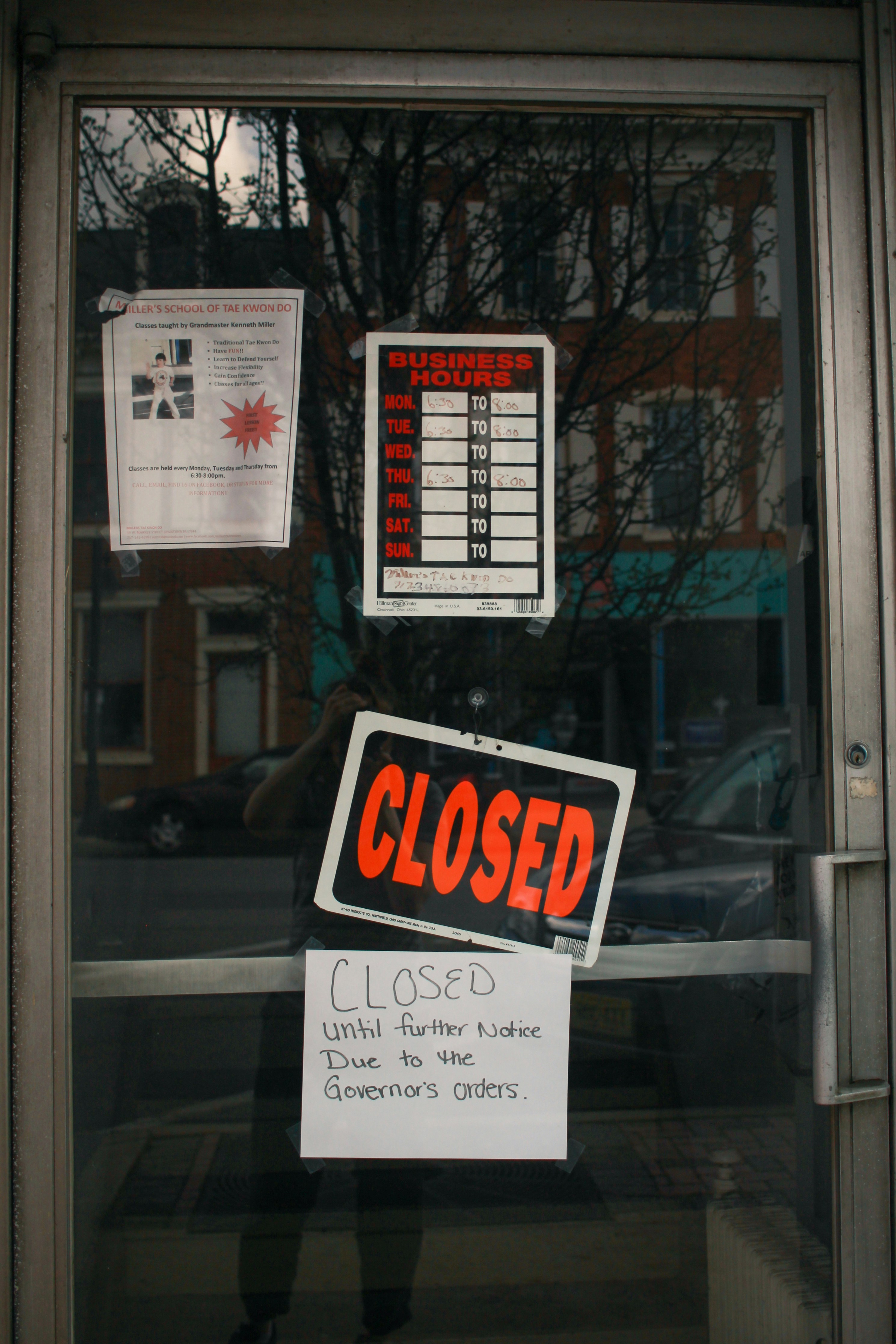Invented in 1974 by Hungarian architect Ernő Rubik, the Rubik’s Cube has become a global icon of puzzle-solving and intellectual challenge. The standard cube comprises six faces, each initially displaying a uniform color when solved. The structure of a Rubik’s Cube is ingeniously designed with its core and movable parts: center pieces, edge pieces, and corner pieces. Understanding these components is essential for solving the cube effectively.
The center pieces, one on each face, are fixed and dictate the color of their respective faces. Edge pieces have two colored stickers and lie between the center pieces, while corner pieces feature three colored stickers. These movable parts rotate around the fixed center pieces, creating a complex yet solvable puzzle.
Cube notation is crucial for understanding and performing the moves required to solve a Rubik’s Cube. The primary symbols include R (right face), L (left face), U (upper face), D (down face), F (front face), and B (back face). Each letter corresponds to a 90-degree clockwise rotation of the indicated face. An apostrophe (‘) denotes a counterclockwise turn, and the number 2 indicates a 180-degree rotation.
Recognizing the cube’s color scheme is fundamental. A standard Rubik’s Cube features six colors: white, yellow, red, blue, green, and orange. Proper alignment of these colors is key to solving the cube. Typically, white is opposite yellow, red is opposite orange, and blue is opposite green.
There are various methods to solve the Rubik’s Cube, each with its own complexity and efficiency. The most commonly known methods include the Layer-by-Layer (LBL) method, the CFOP (Cross, F2L, OLL, PLL) method, and the Roux method. Each method offers a systematic approach to solving the puzzle, ensuring that enthusiasts have multiple pathways to achieve their goal.
With a solid grasp of the Rubik’s Cube’s structure, notation, and color scheme, you are now ready to delve into the step-by-step solving process, which will be detailed in subsequent sections.
Step-by-Step Guide to Solving the Rubik’s Cube
Solving a Rubik’s Cube can seem daunting, but breaking it down into manageable steps makes it accessible even for beginners. Let’s start by solving the first layer.
Solving the First Layer
Begin by creating a cross on one face of the cube. Choose a color to start with, typically white. Locate the edge pieces with white and align them with the center pieces on the sides. This forms a white cross. Make sure the edge pieces are also correctly matched with the center pieces of the adjacent sides.
Next, solve the corners of the first layer. Find corner pieces that have white and two other colors. Position these corners one by one by using the following algorithm: R U R’ U’. If the corner is in the bottom layer but in the wrong position, use this algorithm until the corner piece is correctly aligned.
Solving the Middle Layer
Once the first layer is complete, focus on the middle layer. The goal is to place the edge pieces in their correct positions. Find an edge piece in the top layer that doesn’t contain yellow. Align this piece with the center piece on the adjacent side, forming a “T” shape. Use the algorithm U R U’ R’ U’ F’ U F to insert the edge piece into the middle layer. Repeat this process for all four edge pieces.
Solving the Last Layer
Now, move on to solving the last layer. First, orient the edges by forming a yellow cross. Use the algorithm F R U R’ U’ F’ to achieve this. Next, position the yellow edge pieces correctly using the algorithm R U R’ U R U2 R’.
Then, position the corners. Look for a solved corner or use the algorithm U R U’ L’ U R’ U’ L to cycle the corners until at least one is correctly positioned. Finally, orient the corners using R’ D’ R D until all corners are yellow.
By following these detailed steps, recognizing common mistakes, and practicing, you will be able to solve the Rubik’s Cube efficiently. Remember, practice and patience are key to mastering this fun and challenging puzzle.

















+ There are no comments
Add yours